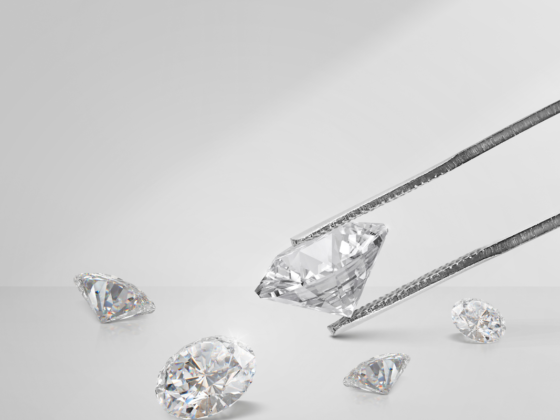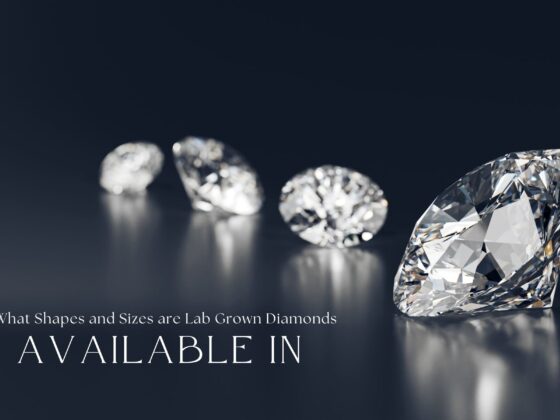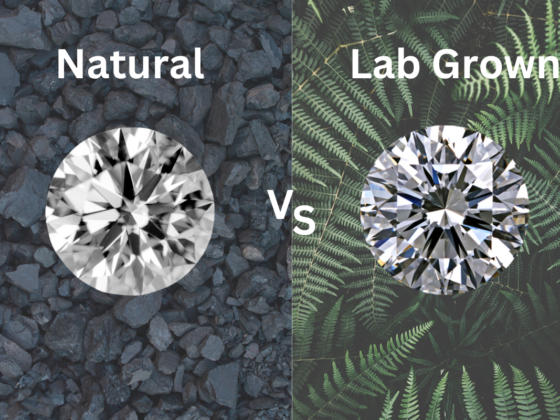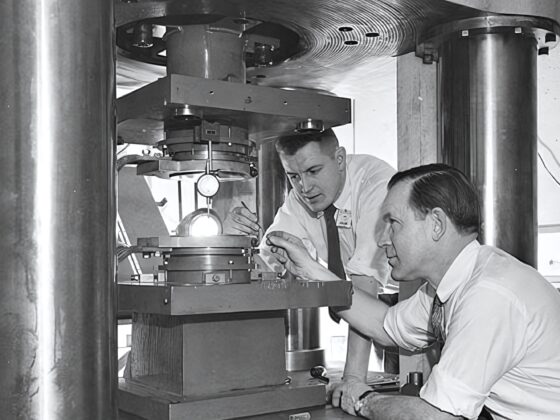You might wonder why lab-grown diamonds come with a lower price tag compared to their natural counterparts. The key lies in their production methods, which leverage advanced technology to create diamonds in a matter of weeks rather than eons. This not only shortens the supply chain but also reduces costs significantly.
As consumer preferences shift towards more sustainable options, the market dynamics further influence pricing. However, there’s more to this story that could change how you view your next purchase. Wouldn’t you like to explore what really drives these price differences?
Reasons Why Are Lab Grown Diamonds Cheaper?
Lab-grown diamonds are significantly cheaper than natural diamonds due to several key factors. First, they avoid the extensive costs associated with mining, such as land acquisition, excavation, and labor, which are both time-consuming and resource-intensive.
Instead, lab diamonds are created in controlled environments using efficient processes like High Pressure-High Temperature (HPHT) or Chemical Vapor Deposition (CVD), which replicate natural diamond formation but in a matter of weeks rather than billions of years. This efficiency reduces production costs.
Let’s take a deeper look!
Production Process Differences

When it comes to lab-created diamonds, the production process sets them apart from their natural counterparts. Lab-grown diamonds are created in controlled environments using advanced techniques like High Pressure High Temperature (HPHT) or Chemical Vapor Deposition (CVD), where a diamond seed acts as the foundation for growth.
In these processes, carbon atoms are carefully arranged layer by layer, mimicking the natural formation of diamonds but at a much faster pace, often producing a rough diamond in weeks rather than millions of years.
This controlled method not only enables the production of larger diamonds but also ensures that the chemical composition, physical properties, and optical properties are virtually identical to those of mined diamonds, distinguishing them from alternatives like cubic zirconia and diamond simulants.
With the rising demand for lab diamonds, these synthetic diamonds have carved a significant niche in the diamond market, offering an ethical and sustainable alternative to traditional mining practices.
The overall costs drop significantly since these processes require less labor and fewer resources than mining.
Moreover, you won’t have to worry about the ethical concerns tied to traditional diamond mining, as man made options eliminate much of that environmental impact.
Ultimately, this streamlined production process is a key reason why Cultured diamonds are typically more affordable than their mined equivalents.
Technology Advancements
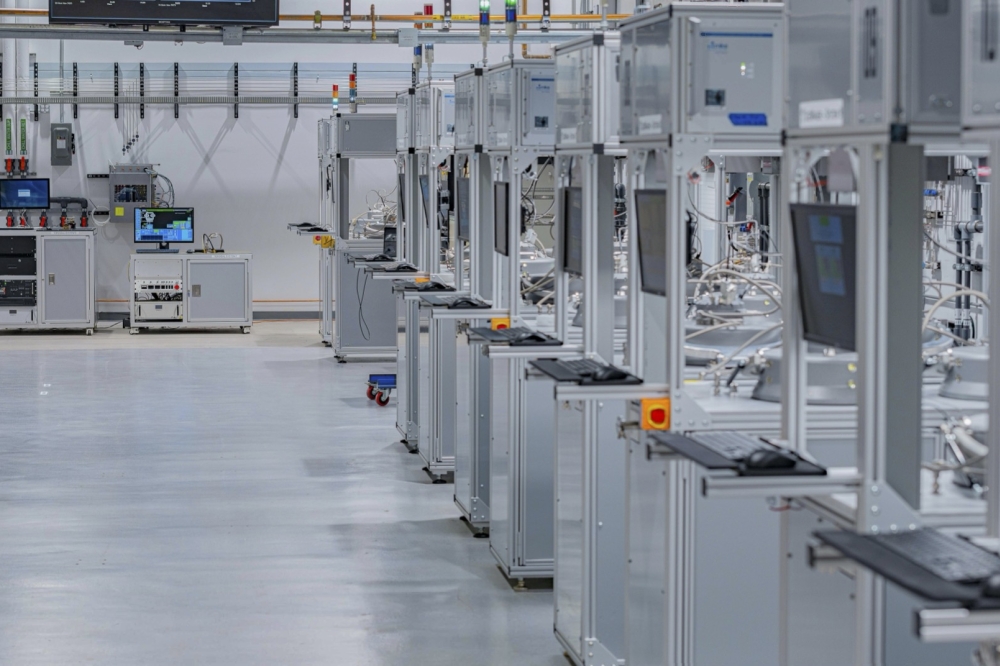
Recent advancements in technology have revolutionized the production of lab diamonds, making them not only more affordable but also higher in quality.
Techniques like CVD and HPHT processes allow manufacturers to create diamonds that closely mimic natural stones. These methods are faster and more efficient, reducing the production cost of lab diamonds significantly.
Improved equipment and tighter controls in the growing environment ensure you get diamonds with fewer inclusions and better clarity.
Automation and artificial intelligence streamline workflows, further cutting down expenses. As a result, you can enjoy top-notch diamonds at a fraction of the price of mined ones.
This technological leap has transformed the diamond industry, making luxury more accessible than ever.
Market Demand Dynamics
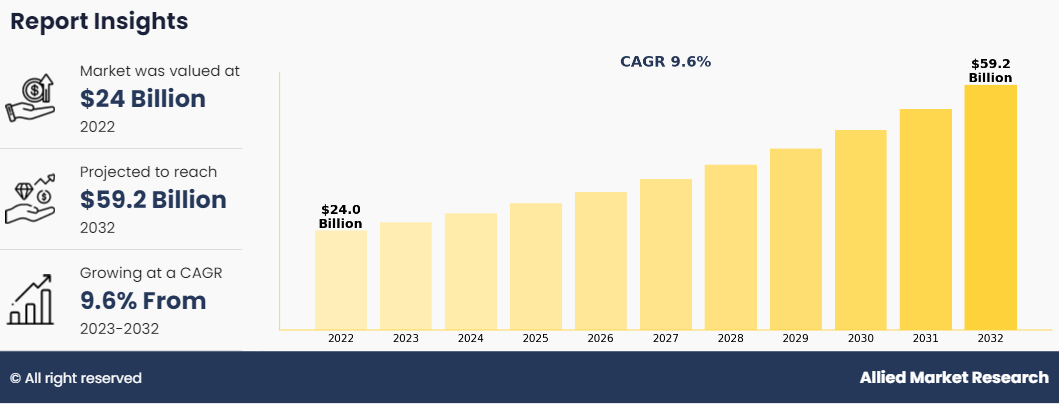
The surge in technological advancements has directly influenced the market for lab-created diamonds, reshaping consumer preferences and driving demand. As more people become aware of these ethical and sustainable options, many are drawn to their appeal, particularly for diamond engagement rings and other diamond jewelry.
Man-made diamonds offer a lower price point without compromising on beauty or quality, making them a popular choice for those seeking high-quality diamonds. Additionally, the availability of various types of diamonds, including colored diamonds, further enhances their appeal to a diverse audience.
The growing popularity of lab-created diamonds, fueled by social media and influencer culture, has led to increased competition among brands, ultimately driving prices down. This shift in the market reflects a broader trend toward environmentally friendly and affordable options, solidifying lab-grown diamonds as a modern alternative for consumers.
Cost of Raw Materials
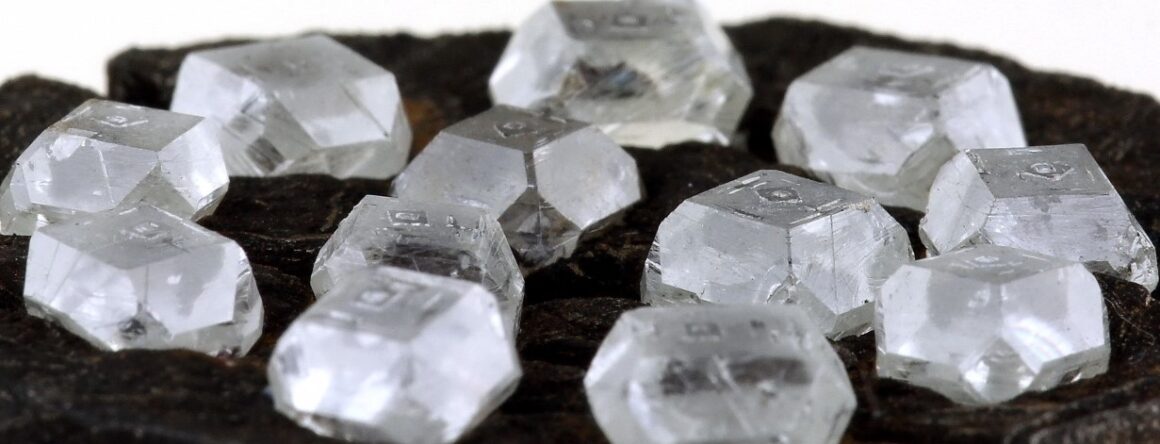
Understanding the cost of raw materials is crucial for grasping why lab-created diamonds are more affordable. Unlike natural diamonds, which require extensive mining and contribute to a higher carbon footprint, man-made diamond production relies on readily available materials and advanced technology.
The primary raw materials include carbon, which is sourced from affordable suppliers, and a diamond seed that serves as the foundation for growing a rough diamond in a controlled environment. This process eliminates the need for traditional extraction and transportation, significantly reducing costs compared to mined diamonds.
Additionally, the production of synthetic diamonds ensures a steady supply of high-quality rough diamonds, which are later shaped by skilled diamond cutters to create stunning pieces indistinguishable from authentic diamonds.
Since this streamlined process minimizes labor and overhead expenses, lab diamond prices remain more budget-friendly while maintaining the same brilliance and durability that make diamonds real to consumers. This efficiency not only makes lab-grown diamonds an attractive option but also aligns with modern values of sustainability and affordability.
FAQs
Are Lab-Grown Diamonds as Durable as Natural Diamonds?
Yes, lab-grown diamonds are just as durable as natural diamonds.
Both types possess the same hardness and resistance to scratching, ensuring they’ll hold up beautifully in everyday wear, so you won’t need to worry.
Do Lab-Grown Diamonds Have Resale Value?
Lab-grown diamonds do have resale value, but it’s generally lower than natural diamonds.
If you’re considering selling one, be aware the market’s still developing, and consumer awareness is growing about lab-created options.
Can Lab-Grown Diamonds Be Certified?
Yes, lab-grown diamonds can be certified.
Just like real diamonds, they undergo grading by reputable gemological laboratories, ensuring you receive a quality assessment regarding their cut, color, clarity, and carat weight.
Are There Ethical Concerns With Lab-created Diamonds?
When considering lab-created diamonds, you might wonder about ethical concerns.
While they’re often viewed as more sustainable, there’s still debate over energy use and environmental impact.
It’s important to research and weigh these factors carefully.
How Do Lab-Grown Diamonds Compare in Appearance to Natural Diamonds?
Lab-grown diamonds look nearly identical to natural ones; you’ll notice minimal differences, if any.
Both types possess stunning brilliance and clarity, ensuring you’ll appreciate the beauty, regardless of the diamond’s origin.
Conclusion
In conclusion, lab grown diamonds are cheaper mainly due to their efficient production processes and technological advancements. With lower costs for raw materials and reduced energy needs, these diamonds can be created in just weeks. Plus, the growing demand for ethical alternatives has intensified market competition, further driving prices down. By choosing lab-created diamonds, you’re not only saving money but also opting for a more sustainable and responsible option without sacrificing quality or beauty.

